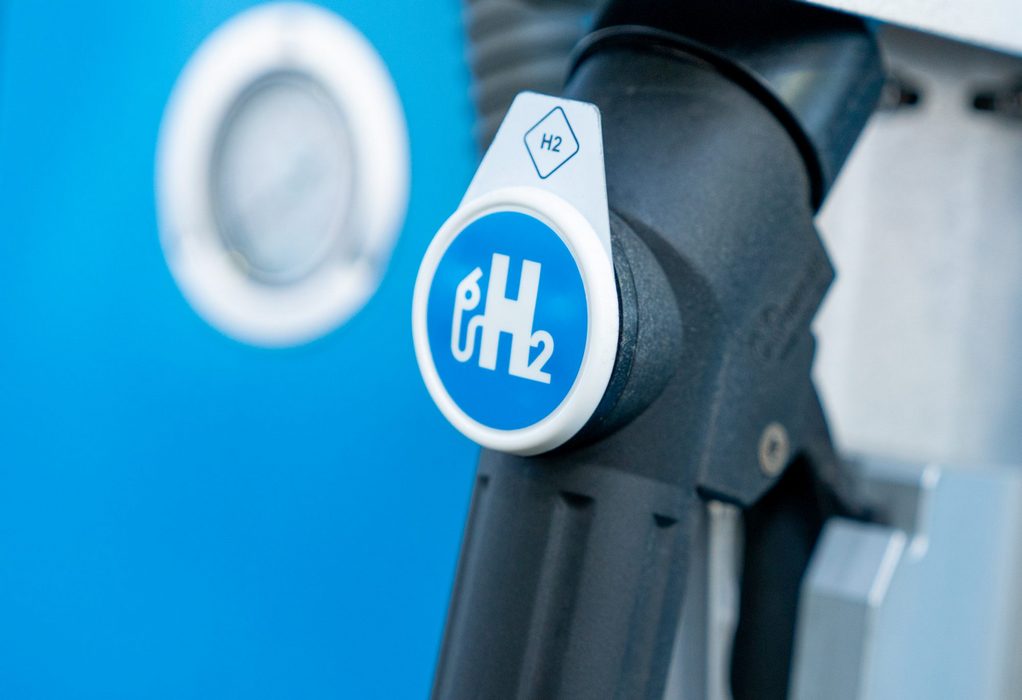Lowering the cost of clean hydrogen to jumpstart the US hydrogen economy will require alignment of a range of key factors, from project design and location to policy frameworks, panelists said during the S&P Global Hydrogen Markets Americas Conference.
A hydrogen project must be strategically located to reduce transportation costs, it must involve the right combination of partners, it must be designed to reduce the cost of electricity usage, and it must be supported by government incentives. Only then, panelists said, will hydrogen projects be able to follow the cost curve that renewable energy projects exhibited in recent decades.
“It’s not going to be affordable right away, and solar and wind were not affordable right away,” said John Foster, Executive Chairman of the renewable energy generator Onward Energy. “But [renewable energy] had to go through that cycle and curve, and we see hydrogen having that same potential.”
Juancho Eekhout, vice president of business development at Sempra Infrastructure, said that strategic location is a first step to reduce delivery and logistics costs of a hydrogen project.
“At the end of the day, the best solution has to leverage the competitive advantages that each region has,” Eekhout said. “What are the regions that have the most capacity factor for renewables? On the West Coast, we’re privileged to have the geography that we have, and cost effective and abundant natural gas. The solution depends on where you are. The endowments matter.”
The geography mindedness is also reflected in the Department of Energy’s criteria for selecting hydrogen hubs to fund using the $8 billion within the Infrastructure Investment and Jobs Act. The bill requires that the department finance at least four hubs, each representing a different region each with unique energy-related characteristics. While one hub may have ample natural gas and underground storage resources, for instance, another might have abundant renewable energy resources.
It’s equally important to form partnerships that can bring hydrogen projects to fore in several iterations, said Mona Dajani, global co-head of energy and infrastructure at the law firm Pillsbury Winthrop Shaw Pittman.
Dajani’s firm helps structure consortiums between strategically selected companies that can together pursue several projects in similar fashion.
“Each counterparty member is bringing something to the table, whether it’s technology, capital or even workforce,” she said. “Then we’re able to reduce some of the redundancies and rinse and repeat. A lot of the hydrogen deals that we’re structuring – it’s not just one deal, it’s a series. It’s usually like seven or more.”
One example of a coalition pursing iterative project types is the recently announced partnership between Trammo, a company that specializes in green ammonia marketing and transportation, and Teal, a company that produces green ammonia. On March 31 the companies announced an offtake agreement for 800,000 mt of green ammonia out of Teal’s plant in Quebec along with plans to help Teal increase production to 2.5 million mt through additional projects in strategic locations, Trammo said in an announcement.
Then, once a coalition is formed, a project location is chosen and supported by government incentives, facility design is another factor that can help shave costs. A bigger facility producing hydrogen at a higher scale can reduce per-unit cost, explained Hua Fang, managing director of Black & Veatch Management Consulting.
“What you want to do is to make sure that you size the hydrogen facility to maintain a higher level of capacity factor that could drive down costs on a per unit basis,” said Fang. “If you oversize your renewable facility to the hydrogen production capacity, you can have a connection back to the grid to put on extra energy that the hydrogen facility is not using at some price.”
“It’s going to be a combination of a lot of things to carefully structure the project to make sure that the economics work with the best information and technology available,” she said.
According to price assessments from S&P Global Commodity Insights, the price of hydrogen produced using PEM electrolysis was $4.56/kg (including capex) on the US Gulf Coast on March 25. The Department of Energy’s Hydrogen Shot initiative aims to reduce that cost to $1/kg by 2030.
Source: S&P Global
Tags: Hydrogen, Onward Energy, renewal Energy



Recent Posts
Scandlines Nears Delivery of Zero Emissions Ferry Following Successful Sea Trials
India faces emission roadblocks with rising net-zero demands
Green Energy Resources invests in two electric Liebherr LHM 550
NYK Launches Continuous Use of Bio LNG Fuel on Car Carriers to Advance Decarbonization Goals
Yang Ming Expands Fleet with Methanol and LNG Dual-Fuel Vessels Under Fleet Optimization Plan
ClassNK Advocates Speed Gap Monitoring to Optimize Fuel Efficiency in Heavy Weather
Wärtsilä’s retrofit package for the Corsica Linea ferry Pascal Paoli has resulted in fuel savings of up to 22 percent Corsica Linea
COSCO Shipping Names Second Methanol Dual-Fuel Containership in Yangzhou